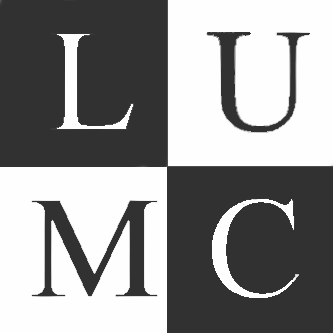
Participants
Complement in ischemia/reperfusion injury and complement-mediated renal diseases
Ischemia/reperfusion is an early and inevitable process organ transplantation, and the innate immune system has been implicated as a critical mediator of injury. In a combination of clinical, experimental and in vitro experiments we have established a new role for Mannan Binding Lectin (MBL), the initiator of the lectin pathway of complement. Recipients with low MBL show improved graft survival, whereas therapeutic inhibition of MBL in a rat model of IRI results in a complete protection against injury. Currently we are investigating the molecular mechanism of MBL-mediated injury, which appears to be independent of the complement activation.
Complement activation has been recognized as an important effector arm of the immune system, not only as a defense against pathogens, but also as a pathogenic mechanism for antibody-mediated processes (humoral rejection, IgA-nephropathy, SLE) or as a clearance mechanism for the removal of cellular debris. Interest in complement has strongly increased with the availability of therapeutic agents which can be applied in the clinical setting. This requires an in depth view of the pathways involved in the complement activation. In our current projects we are investigating especially the contribution of properdin, a stabilizer of the alternative pathway, and develop the tools to monitor complement activation in experimental models.
The central role of complement in disease pathogenesis is best illustrated by renal diseases collectively termed ‘complement-mediated renal diseases’ which include atypical HUS and C3-glomerulopathy. The LUMC is recognize as an expertise center for these diseases, and this is supported by research performed in the context of the COMBAT consortium. This consortium, coordinated from Leiden, aims to couple basic knowledge on complement to the development of assays essential for accurate diagnosis and disease monitoring. This is a pivotal prerequisite for the introduction of novel therapeutic complement-inhibitors which are approaching the clinical arena.


